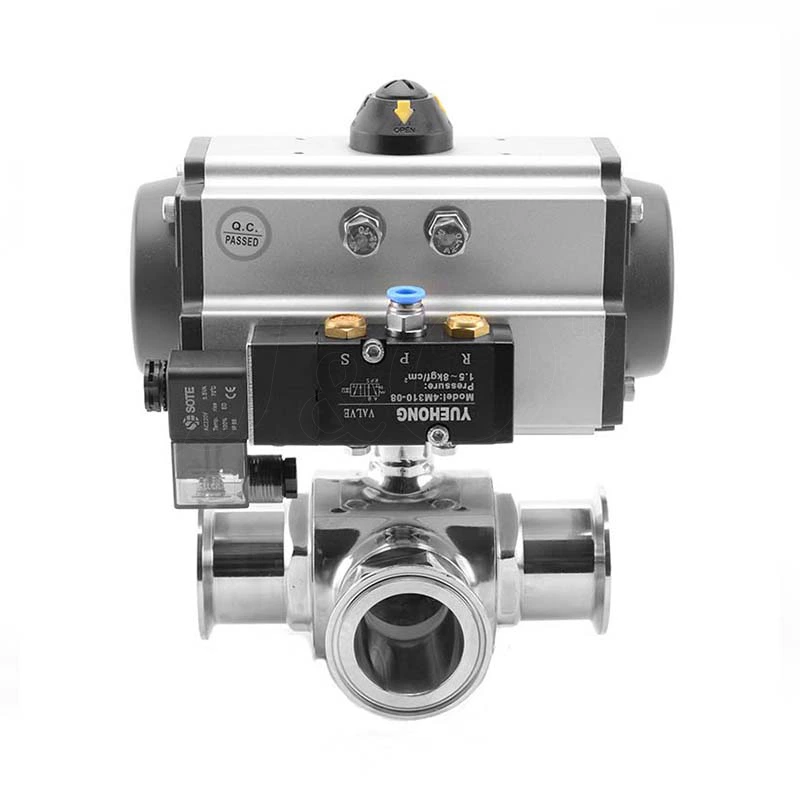Sanitary Ball Valve Implementation Standards
Sanitary Ball Valve are valves used to control fluid flow and are widely used in the food, pharmaceutical, and chemical industries. To ensure fluid safety and hygienic requirements, sanitary stainless steel ball valves must meet certain implementation standards.
The implementation standards for sanitary stainless steel ball valves mainly include the following aspects:
1. Design and Manufacturing Standards:
The design and manufacturing of sanitary stainless steel ball valves must comply with relevant national and industry standards. National standards include the "General Technical Conditions for Stainless Steel Ball Valves" and the "General Rules for Marking, Packaging, Transportation, Storage, and Quality Assurance of Stainless Steel Ball Valves." Industry standards include standards for the food, pharmaceutical, and chemical industries.
2. Structure and Material Standards:
The structure and material of sanitary stainless steel ball valves must comply with relevant standards. For example, the sealing surface between the ball and the valve seat must be made of a sanitary elastic material such as silicone or polytetrafluoroethylene. The valve body and bonnet must be made of stainless steel, such as 304 or 316L stainless steel, to ensure surface smoothness and rust resistance.
3. Sanitary Requirements:
Sanitary stainless steel ball valves must meet relevant sanitary requirements, such as internal finish, connection method, and cleaning requirements. Internal finish requirements are typically measured using surface roughness indicators, such as the Ra value. Connection method requirements primarily refer to the connection method between the valve and the pipe, with common examples including flange, threaded, and wafer connections. Cleaning requirements include internal flushing and disinfection of the valve.
4. Testing and Verification Standards:
The testing and verification of sanitary stainless steel ball valves must comply with relevant standards. Common testing methods include visual inspection, dimensional inspection, strength testing, and sealing tests. Verification methods include calibration and verification records. The purpose of these tests and verifications is to ensure that sanitary stainless steel ball valves meet the expected performance and quality requirements during use.
In summary, the implementation standards for sanitary stainless steel ball valves ensure that their design, manufacturing, structure, materials, sanitary requirements, testing, and verification meet relevant national and industry standards. By complying with these standards, the safety and sanitation of sanitary stainless steel ball valves can be ensured, providing users with reliable fluid control solutions.
